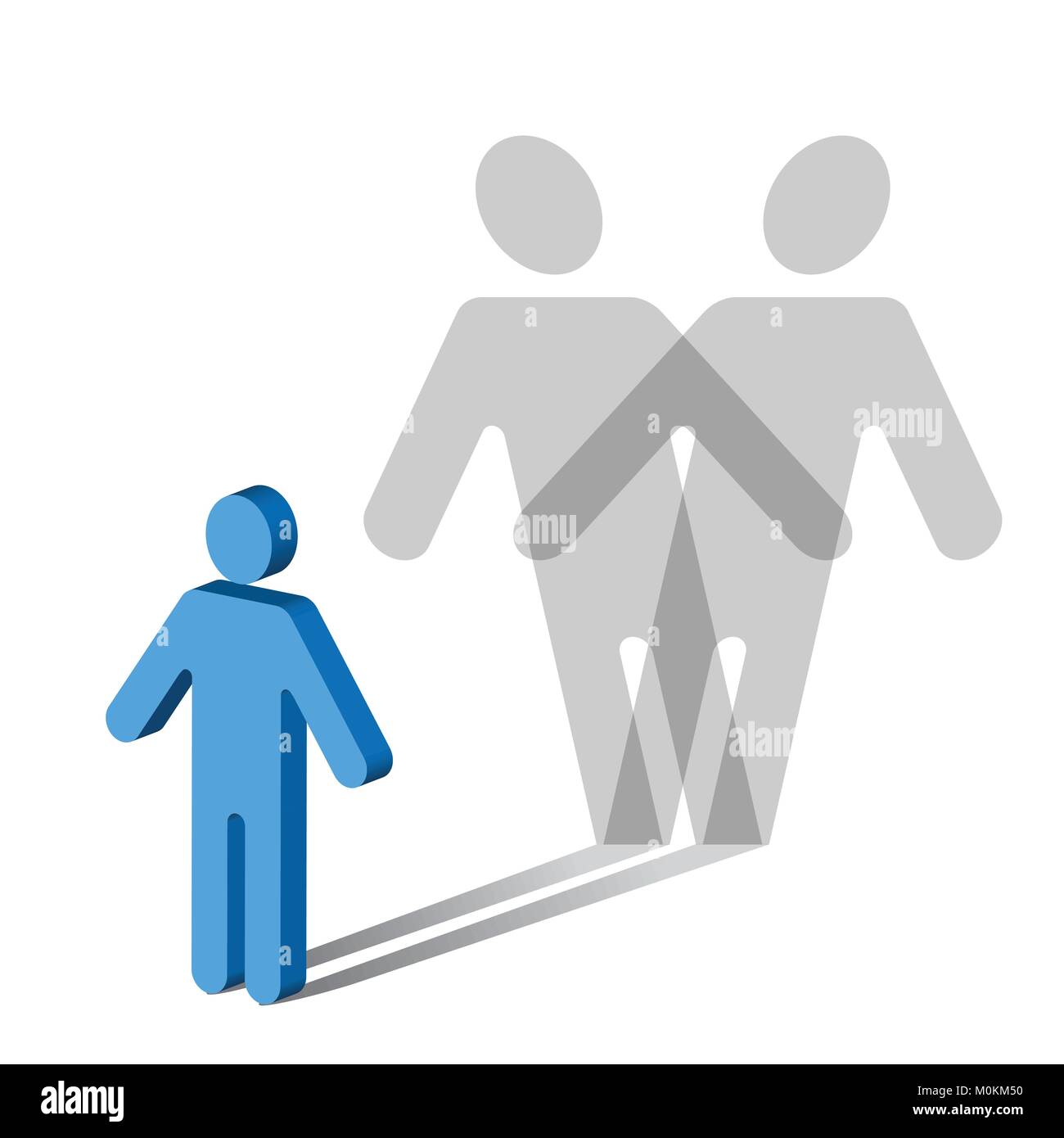

The patterns found in personality disorders develop early and are inflexible. cannot be better explained by another mental disorder or be due to the direct physiological effects of a substance or general medical condition (e.g., head trauma).is pervasive (i.e., applies across many contexts, such as school, work, and home) and enduring (i.e., has been exhibited over a long duration of time, since at least adolescence or early adulthood) and.causes them and/or others around them “clinically significant” distress and impairment in important areas of functioning.differs significantly from the norms and expectations of their culture in two or more of the following areas: cognition, affect, interpersonal functioning, or impulse control.According to the DSM-5, “personality disorder” refers to when an individual displays a personality style (i.e., patterns of cognition, behavior, and emotion) that: In the field of psychology, “personality” refers to the set of enduring behavioral and mental traits that distinguish an individual from other people. personality: The set of enduring behavioral and mental traits that distinguish an individual from other people.personality disorder: A state in which an individual displays patterns of cognition, behavior, and emotion that differ from cultural norms, cause distress and impairment, apply across many contexts, and have been exhibited over a long duration of time.

ego-syntonic: A psychological term referring to behaviors, values, and feelings that align with an individual’s ideal self-image.stigma: The disapproval and judgment of a person or group of people because they do not fit their community’s social norms.Management and treatment of personality disorders can be a challenging and controversial area since symptoms are long-lasting and affect multiple areas of functioning substantial social stigma may also be a barrier to receiving treatment.Cluster C (“anxious or fearful”) includes avoidant personality disorder, dependent personality disorder, and obsessive-compulsive personality disorder.Cluster B (“dramatic, emotional, or erratic”) includes antisocial personality disorder, borderline personality disorder, histrionic personality disorder, and narcissistic personality disorder.Cluster A (“odd and eccentric”) includes paranoid personality disorder, schizoid personality disorder, and schizotypal personality disorder.The DSM-5 includes 10 different personality disorders, grouped into three clusters based on common features.According to the DSM-5, personality disorders are characterized by patterns of cognition, behavior, and emotion that (1) differ from cultural norms, (2) cause distress and impairment, (3) apply across many contexts and over a long period of time, and (4) cannot be better explained by another mental disorder or by a physical or medical condition.


 0 kommentar(er)
0 kommentar(er)
